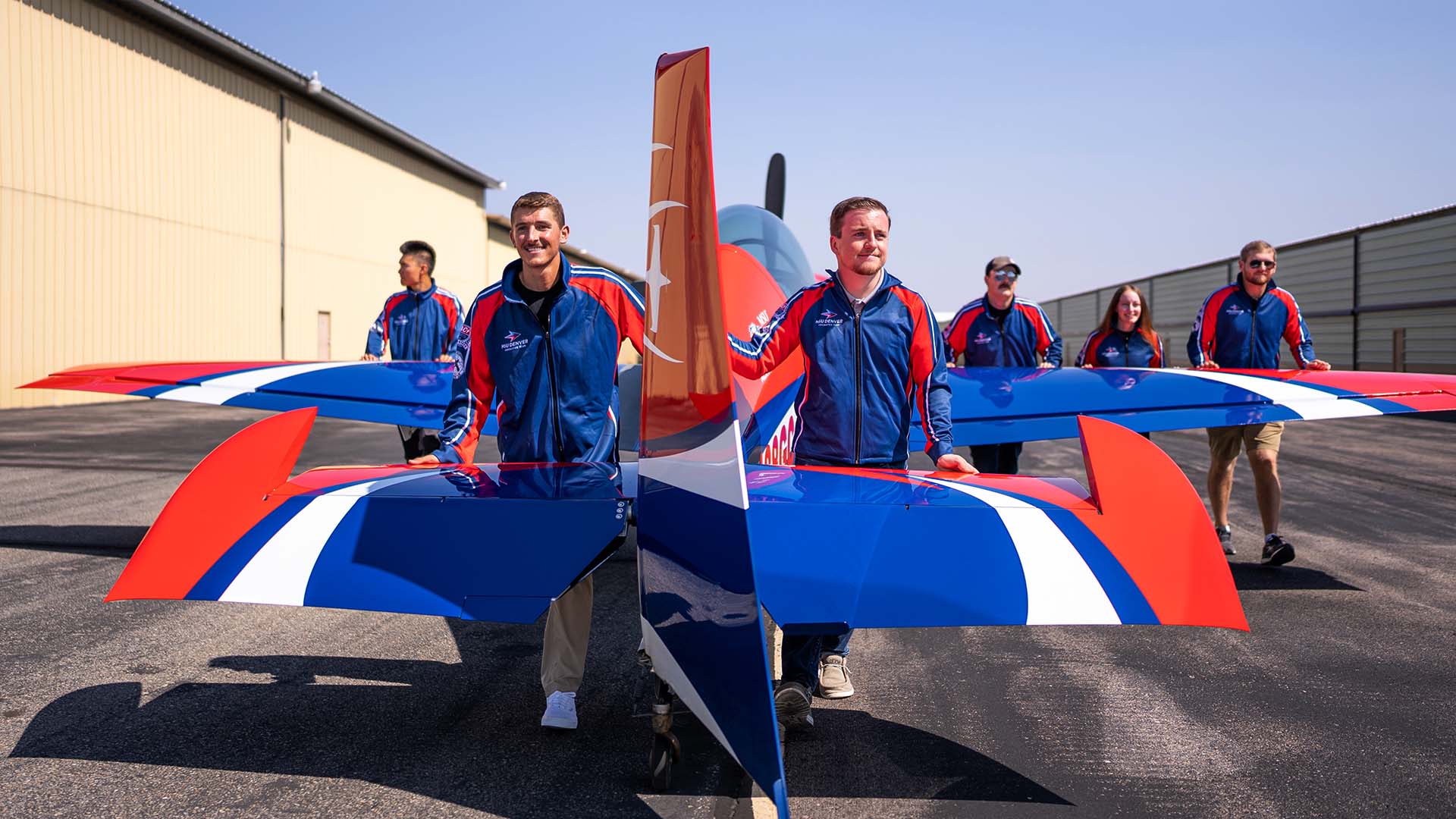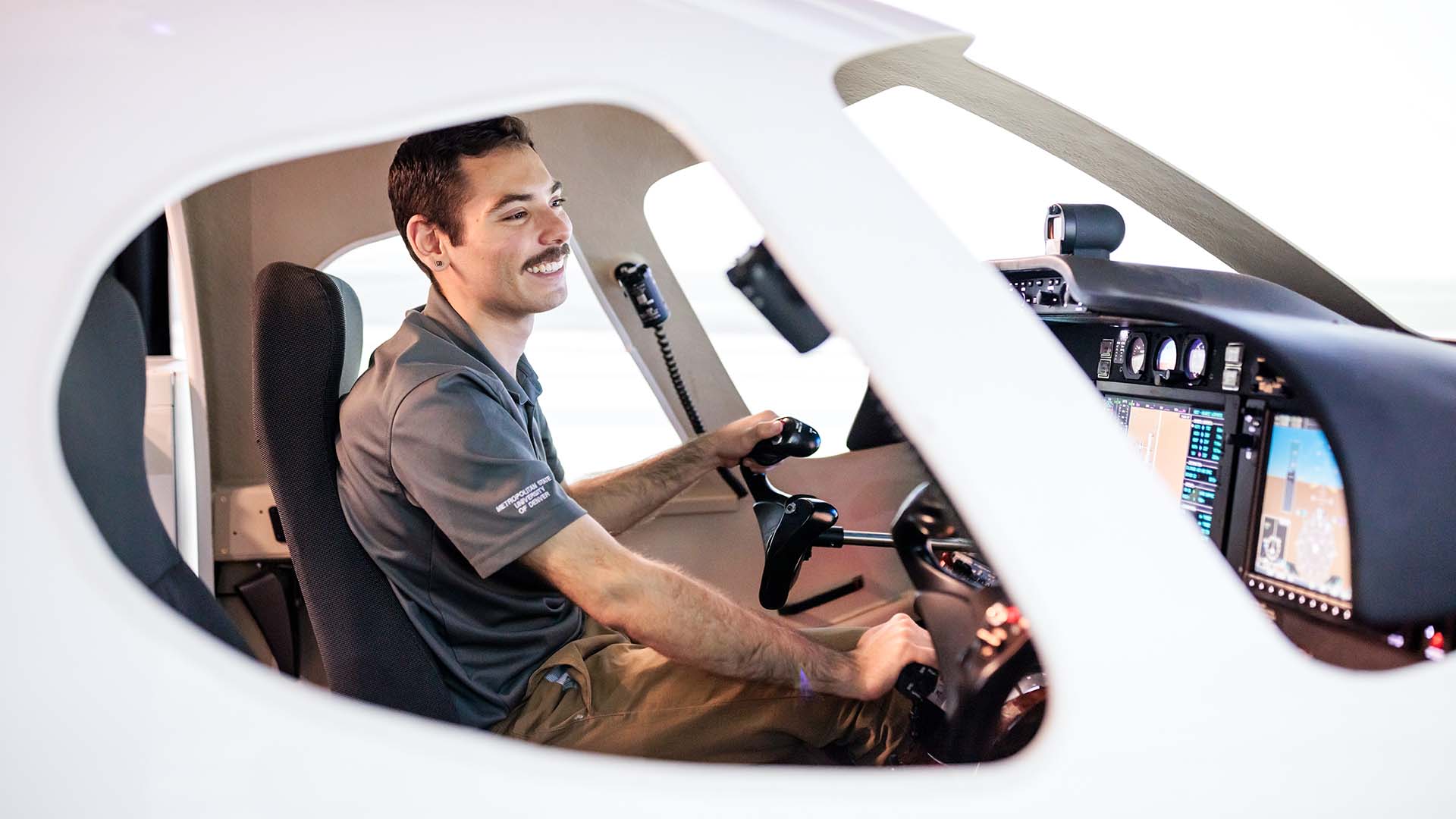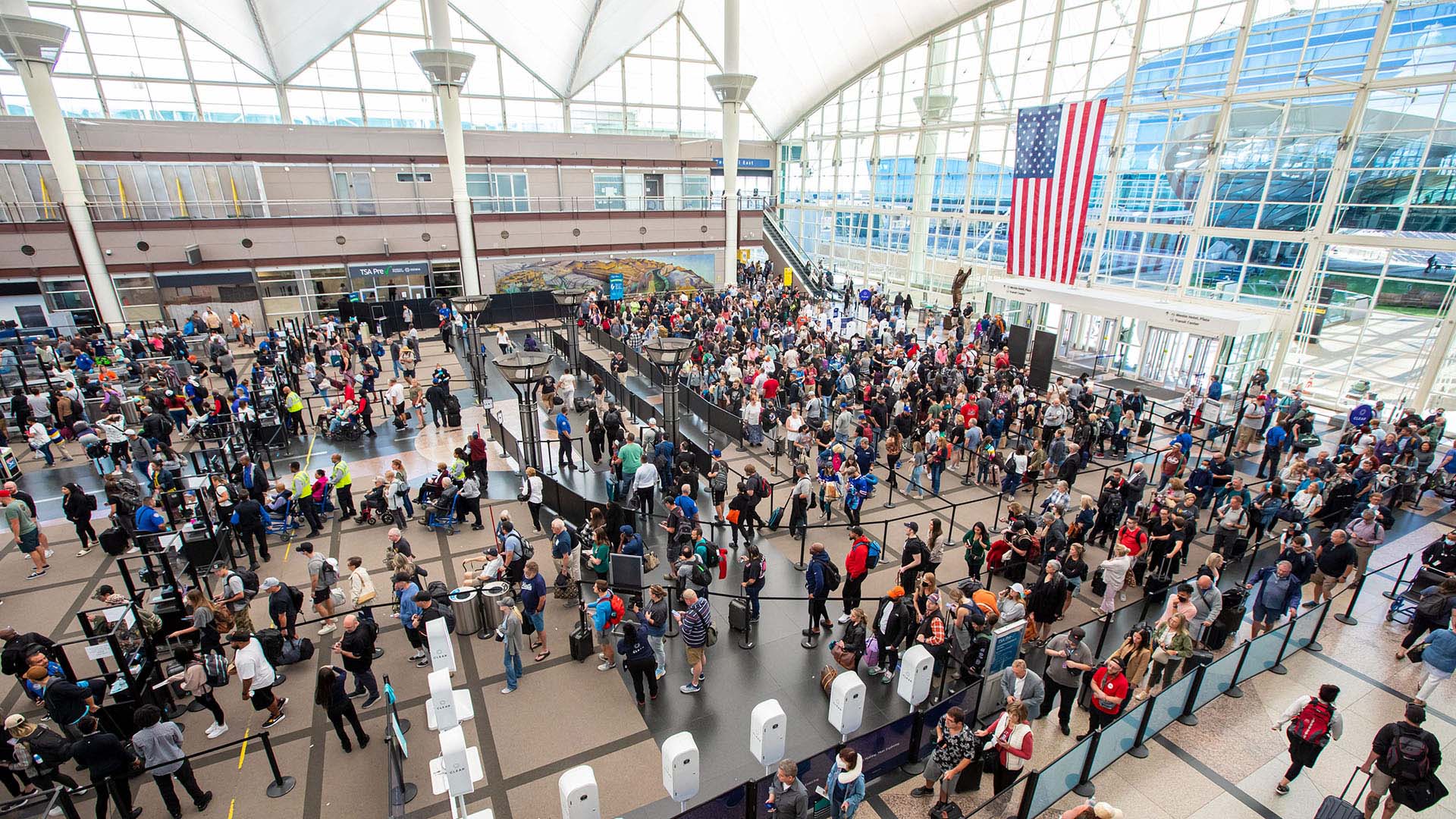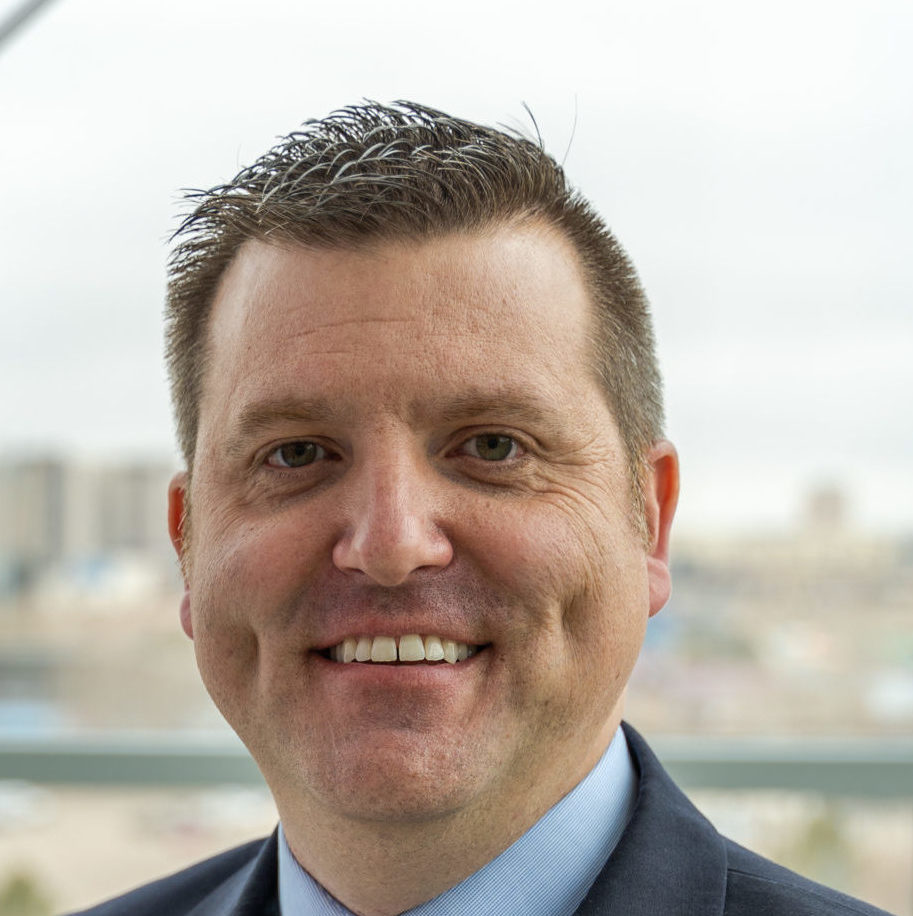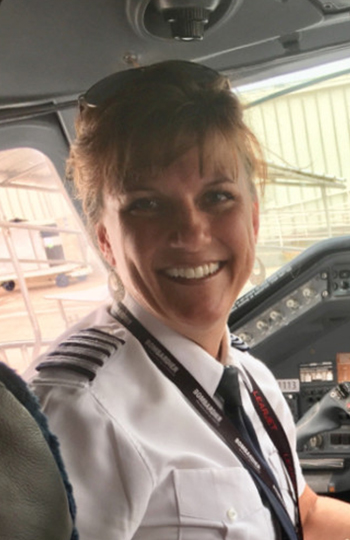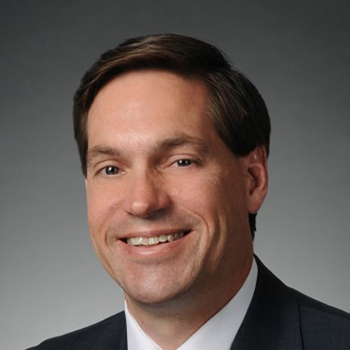Colorado space careers ready for blastoff
The new U.S. Space Force is just one prong in the Trump administration’s push to reshape the military’s space operations. Here are the economic factors and policy developments that will determine the course of Colorado’s aerospace industry for years to come.

The other officers smirked when Jose Lopez showed up at their volleyball game in his new, custom-printed T-shirt.
The year was 1983, and Lopez was one of 300 officers attending the Armed Forces Staff College (today called the Joint Forces Staff College) in Norfolk, Virginia, where members of all U.S. military branches learn to plan and execute joint, multinational and interagency operations.
An Air Force Reserve officer who had served on active duty for half of his career, Lopez decided for the duration of one officers volleyball game to instead represent the “United States Space Force,” which was emblazoned on his shirt.

“I always said it that someday we will have a Space Force,” says Lopez, who retired from the military as a colonel and worked in Colorado’s civilian space sector for companies with military contracts before joining Metropolitan State University of Denver’s Aviation and Aerospace Science Department as a senior lecturer.
His prediction finally came true 36 years later, in December 2019, when Congress authorized the Air Force Space Command at Peterson Air Force Base in Colorado Springs to become the U.S. Space Force.
Recent changes to the U.S. military’s space organizations, with their “epicenter” here in Colorado, consist of a multipronged approach by the Trump administration, of which creating the Space Force is just one part.
While much remains to be decided, the building of the Space Force and reorganization of the country’s space-focused institutions could have tremendous sway on Colorado’s economy and the aerospace career trajectories it provides its workforce. Here are the economic factors and U.S. policy developments that will determine the course of Colorado’s aerospace industry for years to come and Lopez’s insights on landing a career in space.
Growth based at Buckley

Job growth at Colorado’s aerospace companies outpaced the national average for five consecutive years through 2019, jumping 7.7 percent from 2018 to 2019 alone, according to research commissioned by the Colorado Space Coalition. Colorado’s private aerospace companies plus the military employed 57,830 aerospace workers in 2019. The state’s 280 private aerospace companies trended small: 64.5% had 10 or fewer employees.
Lopez recalls the extent of Colorado’s civilian aerospace industry in 1976 when he arrived at Buckley Air Force Base from a base in eastern Turkey: “It wasn’t much – considerably less than we have now.” In Turkey, Lopez commanded a crew operating satellites that looked for infrared traces of a nuclear-missile launch. The mission was similar to what the Air Force 2nd Space Warning Squadron does at Buckley today.
When he looks at Colorado’s private-sector aerospace-industry growth, Lopez surmises: “I think everything happened because of Buckley.”
Home to the most Space Force units

The Space Force is part of the Department of the Air Force in the same way the Marine Corps is part of the Department of the Navy. The Department of the Air Force in March announced the first 23 units that will permanently transition into the Space Force, although the unit members won’t necessarily switch uniforms for now.
Out of the 23 units, 10 are in Colorado, divided among Buckley, Peterson and Schriever Air Force bases.
Much of what the Space Force does includes operating satellites or tracking them, a legacy that dates back to the beginning of spaceflight.
“The Air Force has a huge database of everything that’s in orbit,” Lopez says. “Sputnik was No. 1.”
Vying to host U.S. Space Command

One prong in the Trump administration’s approach to reshape the military’s space operations is the creation of a unified combatant command to coordinate the use of space personnel and assets in war. This command’s mission is different from the Space Force’s core purpose, which is to develop the people and assets for use.
Business groups including the Colorado Space Coalition are lobbying the Trump administration to establish the new command’s headquarters in Colorado, which they argue is already “the epicenter of national-security space.” The new command could add about 1,500 jobs to the state’s economy, civilian and military combined, and attract more civilian aerospace companies to the state.
No one’s putting weapons in space – yet

There’s a misconception about the Space Force that Lopez frequently corrects – that the Space Force will soon be launching weapons into space. In part the misconception is semantic, and in part the misconception overestimates existing technology.
“Putting weapons in space makes absolutely no sense for now, with the current technological limitations and the difficulty of maintaining anything in orbit,” he says. “But we use space to deliver weapons. Space is going to be really critical in war.”
Preparing for a career

First things first: Broaden your expectations, Lopez advises.
“When you go into industry, you won’t necessarily be doing stuff you learned at school,” he says.
In that regard, the experience in private industry is similar to what many, including Lopez, experienced in the Air Force.
His first Air Force assignment provides a great example: With only one class in nuclear physics and average grades in electronics, he landed in a role analyzing how Minuteman missiles, land-based intercontinental ballistic missiles operated by the Air Force Global Strike Command, would fare in a nuclear attack. The assignment examined potential effects on the electronics of the launch facility, missiles and launch-control facility.
To prepare for the next generation of jobs, he suggests a solid background in math, science and engineering and understanding of the tools deployed by the aerospace industry, chief among them software. At MSU Denver, Lopez teaches the Systems Tool Kit software for modeling orbits, planetary trajectories and aerodynamic-aircraft performance.
“Learn how to learn new things,” he says. “Once you get a foot in the door, move around.”

